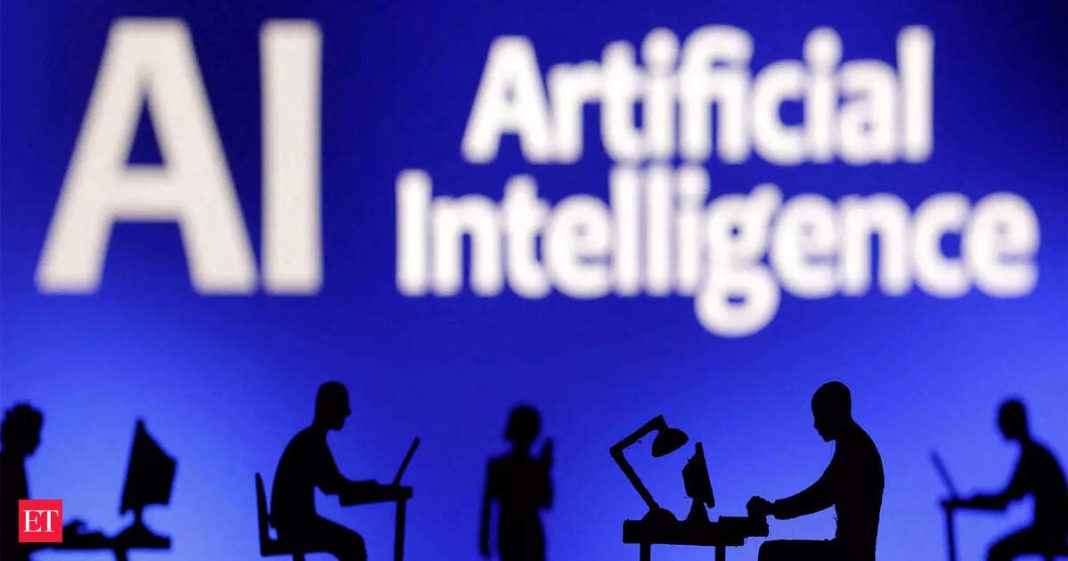Key Takeaways
- AI could impact work equivalent to 300 million people globally.
- Office and knowledge jobs face the highest automation risk.
- Skilled trades like plumbing and electrical work are largely safe and may see rising demand.
- Only about 2.5% of US jobs are at immediate risk under current AI use cases.
Goldman Sachs warns that artificial intelligence (AI) could displace work equivalent to 300 million people worldwide. However, the impact will be uneven, with office-based roles facing the greatest threat while skilled trades remain insulated.
According to the bank’s economists Joseph Briggs and Sarah Dong, widespread AI adoption could affect 6-7% of the US workforce. They noted, “A recent pickup in AI adoption and reports of AI-related layoffs have raised concerns that AI will lead to widespread labor displacement,” but added, “While these trends could broaden as adoption increases, we remain skeptical that AI will lead to large employment reductions over the next decade.”
The report, which analyzed over 800 occupations, estimates generative AI could boost labor productivity in developed markets by around 15% once fully integrated. Any rise in unemployment during the transition is expected to be temporary.
Jobs Most at Risk from AI Automation
Early signs of disruption are already visible in marketing consulting, graphic design, office administration, and call centers. Tech sector roles, including software publishing and computer systems design, have seen slowed hiring, with workers aged 20-30 disproportionately affected.
High-risk occupations include:
- Computer programmers
- Accountants and auditors
- Legal and administrative assistants
- Customer service representatives
- Telemarketers, proofreaders, and copy editors
- Credit analysts
Jobs Safe from AI Disruption
In contrast, roles requiring complex human judgment or physical dexterity are expected to remain secure. These include air traffic controllers, chief executives, radiologists, pharmacists, residential advisors, photographers, and clergy members.
As highlighted in a social media post by Dekmar Trades, skilled trades like plumbing and electrical work cannot be replaced by AI. These “hard labor” jobs may become increasingly valuable, offering secure, well-paying career paths.
Overall, the report concludes that only about 2.5% of US employment is at immediate risk. The broader labor market impact will depend on how quickly AI adoption spreads and how employers choose to implement the technology. Historically, about 60% of today’s US jobs didn’t exist in 1940, showing that technological innovation often creates new roles even as it displaces others.
Frequently Asked Questions
Which jobs are most vulnerable to AI?
Knowledge and clerical roles like programmers, accountants, customer service representatives, and copy editors are at highest risk.
How is AI affecting tech jobs?
Employment growth in tech sectors like software publishing and computer systems design has slowed, with younger workers being disproportionately affected.




